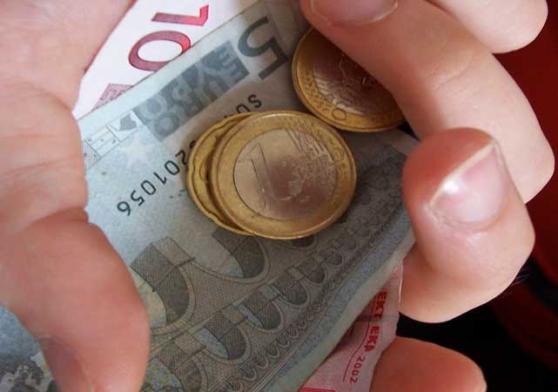ExchangeRates.org.uk - At the time of writing GBP/EUR was trading at €1.1873, virtually unchanged from Tuesday’s opening rate. The Pound (GBP) largely faltered against its major rivals on Thursday as the Bank of England held interest rates at a sixteen-year high, in alignment with market projections. Earlier this week, the UK’s consumer price index notably eased to 2%, hitting the central bank’s target rate and paving the way for an August interest rate cut. However, with UK services inflation still stubbornly holding close to 6%, the BoE continued to exercise caution during its meeting on Thursday.
Kathleen Brooks, Research Director at XTB, said: ‘To sum up, the BOE’s statement and minutes have kept ajar the door for an August rate cut, as they have acknowledged the progress made on inflation to reach the 2% target. Although they remain committed to inflation returning sustainably to the 2% target rate, they did give some decent excuses for the elevated levels of service price inflation, including prices that are set annually and other indicators that suggest wage growth could ease in the coming months. The market is taking this as a dovish sign, and are increasing their bets for an August rate cut.’
As the session progressed, Sterling continued to face headwinds against its stronger peers, falling by as much as a third of a cent against the US Dollar (USD). With markets and economists alike now firmly placing their bets on an August interest rate cut from the BoE, GBP remained a less than favourable investment option as European trading hours drew to a close.
Euro (EUR) Wobbles amid Easing PPI
The Euro (EUR) struggled to attract investor support on Thursday following the release of the latest German producer price index (PPI). Germany’s Federal Statistics Office, Destatis, published confirmation that the German index slumped for an eleventh consecutive month, easing to its lowest level yet during that timeframe. The index fell by a further 2.2% in May, missing market projections of a 2% decline and further slumping from a 3.3% contraction in April. As producer prices in the Eurozone’s largest economy continue to cool at a rapid rate, the presumption that wider inflation across the Euro bloc will follow suit serves to reinforce market speculations that the European Central Bank (ECB) may follow an aggressive path of monetary unwinding going forwards. In addition to this, the safe-haven Euro was further stymied by an increasing appetite for risk, ending Thursday's session on a bleak note.
Pound Euro Exchange Rate Forecast: UK Retail Sales in Focus
Looking ahead, the UK’s latest retail data is due for release on Friday. Economists forecast that retail sales in May will have rebounded slightly by 1.5%, following a 2.3% contraction in June. Should the data print as expected signs of increased consumer activity across Britain may lend Sterling some support, indicating that the UK’s ongoing cost-of-living crisis is beginning to ease in alignment with cooling inflationary pressures. Also due for release on Friday are the latest preliminary PMIs for both the UK and the Eurozone. In the UK, both the manufacturing and service sectors are forecast to show an increased level of activity, with both indexes set to have risen in June. Similarly, the Eurozone’s preliminary PMIs are also due to show a slight improvement in both sectors, though manufacturing is forecast to remain in contraction territory. Should the indexes print as expected, both currencies may strengthen amid signs of economic improvement heading into the second quarter.
This content was originally published on ExchangeRates.org.uk
